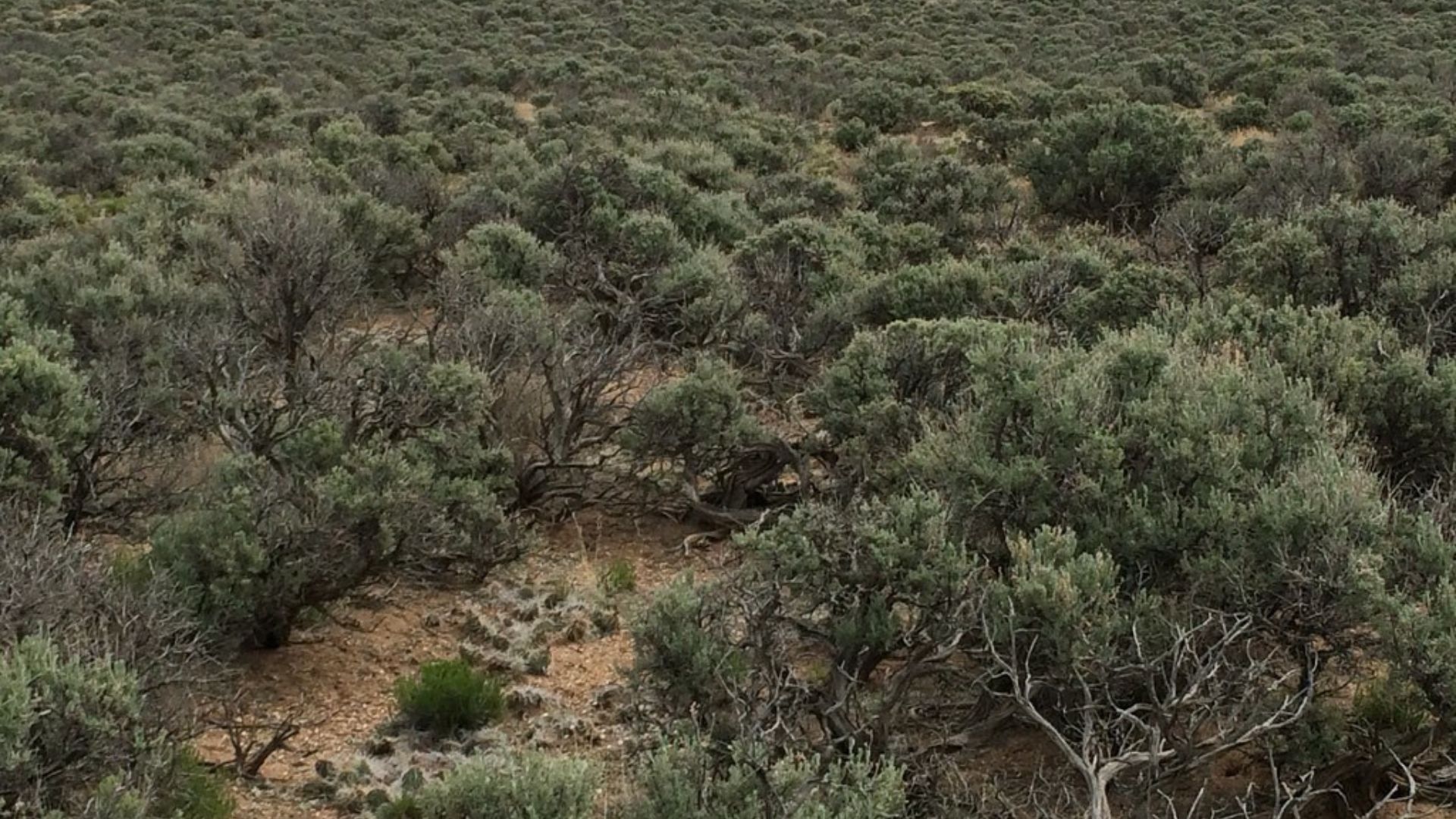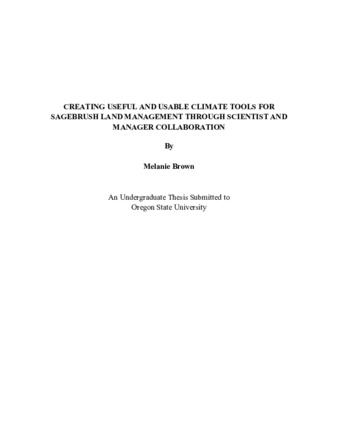Brown, M. 2015. Creating Useful and Usable Climate Tools for Sagebrush Land Management Through Scientist and Manager Collaboration, Oregon State University thesis. http://hdl.handle.net/1957/56343
The sagebrush ecosystem, home to numerous plant and animal species including big sagebrush (Artemisia tridentata) and the endemic greater sage-grouse (Centrocercus urophasianus), has endured fragmentation and degradation of both quantity and quality due to the cumulative and synergistic relationships between an abundance of individual disturbances including grazing, invasive annuals and fire. Climate change may now be an additional threat that poses the greatest risk to these imperiled habitats. Natural resource agencies such as the Bureau of Land Management (BLM) seek to conserve sagelands through land management activities that ensure the survival of sage-grouse and continuity of the sagebrush biome. Web-based climate tools can help convey climate information that may be necessary for long-term land management, but these tools may not agree with the needs of land managers, may be too complex, or may be misinterpreted. To overcome barriers of user compatibility, the participation of both climate scientists and land managers is necessary during tool development. With the collaboration of Oregon and Idaho BLM sagebrush land managers and climate scientists, this study sought to assess land manager needs and define the criteria for useful and useable climate tools. Using an initial online survey, individual phone interviews with land managers, and a follow-up online survey, a series of land management activities and related climate variables were identified, and several web-based climate tools were assessed. Most managers perform vegetation management through a variety of means including seeding and herbicide application. Such activities are affected by the magnitude and timing of precipitation and temperature, as well as other variables, on seasonal and annual timeframes. For planning purposes land managers also need information on long-term 10-20 year climate trends. The act of listening to the needs of land managers uncovered communication barriers, and provided feedback on existing climate tools emphasizing accessibility, dependability and consistency, clear explanation of terminology, effective visualizations, and relevant spatial and temporal scales to the scope of management activities. We also identified a need for basic information and education on the location of existing climate tools and climate impacts, and a need for near-term forecasting tools that could bridge the gap between weather (≤ 6 months) and climate (≥ 30 years) projections.
Terra Magazine, Oregon State University’s research magazine, featured Brown’s research.


